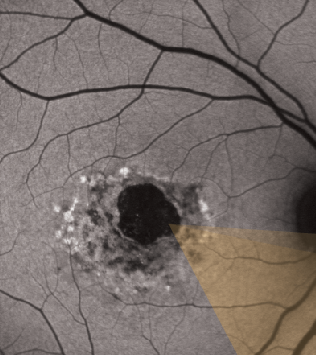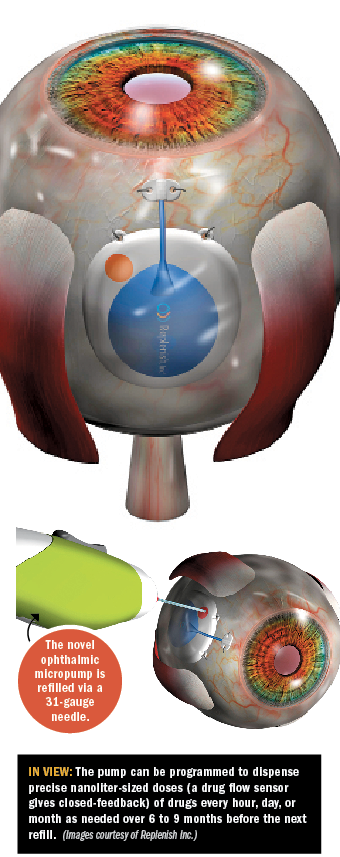Article
Trending Now: Hottest drug therapy stories of 2014
The hottest stories in drug therapy this year included news about new strategies for Stargardt’s disease, why intracameral antibiotics are a must to avoid infection post-cataract surgery, and an examination of a drug-delivery micropump for chronic retina disorders.
1. Stargardt’s disease: New strategies, new therapies
This summer, we published a story that examined various methods and treatments currently in clinical and pre-clinical stages for Stargardt’s disease.
Ophthalmology Times Editorial Advisory Board Member Julia Haller, MD, shared her thoughts on this popular story.
“The groundbreaking recent and prospective scientific investigations into rare retinal diseases such as Stargardt's are very exciting, because they blaze new paths for us to help evaluate and track retinal degenerations, and to attack them at multiple different levels, including genetic modification and stem cell replacement therapy,” she said.
Read about the new strategies and therapies
2. Intracameral antibiotics a must to avoid infection post-cataract surgery
This August story highlighted how Neal Shorstein, MD, said the creation of a sufficiently long-internal incision, as well as stromal hydration and a moderate final IOP, are effective steps to reduce fluid ingress-and lower risk of infection-into the eye following cataract surgery.
“While some studies have shown a benefit to using intra-cameral antibiotics to prevent post-operative endophthalmitis, routine use of them has not been widely accepted in the United States for multiple reasons,” commented Ophthalmology Times Editorial Advisory Board Member Uday Devgan, MD, FACS. “Since no antibiotic has a label indication for this use and since unit dose prepared solutions are not commercially available, surgeons who wish to instill antibiotics within the eye must mix their own medications, use drugs purchased from compounding pharmacies, or use certain topical antibiotics despite label warnings not to.
“There are pros and cons to using intra-cameral antibiotics after routine cataract surgery and surgeons should use their judgment to do what they feel is best for their patients,” he continued.
3. Drug-delivery micropump for chronic retina disorders
This fall story examined how the “first-in-man” implant of a novel ophthalmic drug delivery system (Posterior MicroPump, Replenish Inc.) in patients with diabetic macular edema (DME) demonstrates that use of the device “is feasible and warrants further development,” according to Mark S. Humayun, MD, PhD.
Ophthalmology Times Group Content Director Mark L. Dlugoss explained why he believes this story was so popular this year.
“This Posterior MicroPump caught the attention of Ophthalmology Times at the 2014 American Society of Retina Specialists annual meeting in San Diego when Mark S. Humayun, MD, presented a paper on the novel micropump drug delivery system,” he said. “Replenish, the company developing this device, offering it to treat diabetic macular edema. However, the concept of this micropump goes beyond retinal disease. The device could be used to treat other ocular diseases, especially in cases where patient compliance is a major problem.
“The micropump, or any other localizing drug delivery system, presents some other advantages for physicians, like avoiding systemic side effects and can be easily refilled in an office setting,” Dlugoss continued. “Readers should watch for other drug delivery systems surfacing in the years to come. The whole concept of drug delivery is on the minds of many biotech companies.”
Newsletter
Don’t miss out—get Ophthalmology Times updates on the latest clinical advancements and expert interviews, straight to your inbox.






